From cancer treatments to new devices to gene therapy, a look at six medical innovations that are poised to transform the way we fight disease.
Research and publish the best content.
Get Started for FREE
Sign up with Facebook Sign up with X
I don't have a Facebook or a X account
Already have an account: Login
Live longer in good health and you will have a chance to extend your healthy life even further
Curated by
Ray and Terry's
 Your new post is loading... Your new post is loading...
 Your new post is loading... Your new post is loading...
|
|




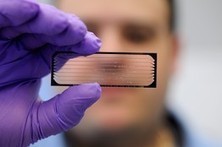




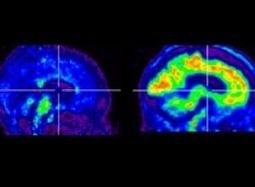


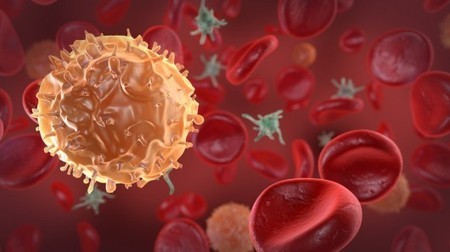
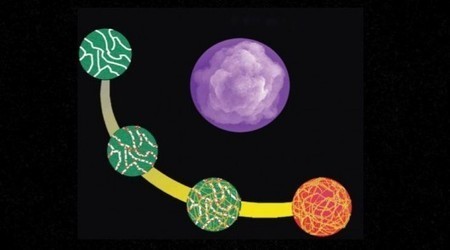
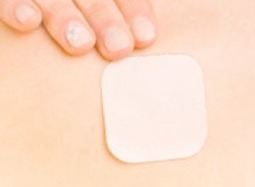
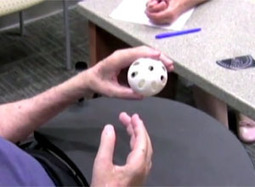









Technology can propel us towards a healthier future. The advances of recent years provide ammunition to protect and repair our biology.